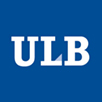Article by urban femina*. Images by urban femina unless otherwise noted.
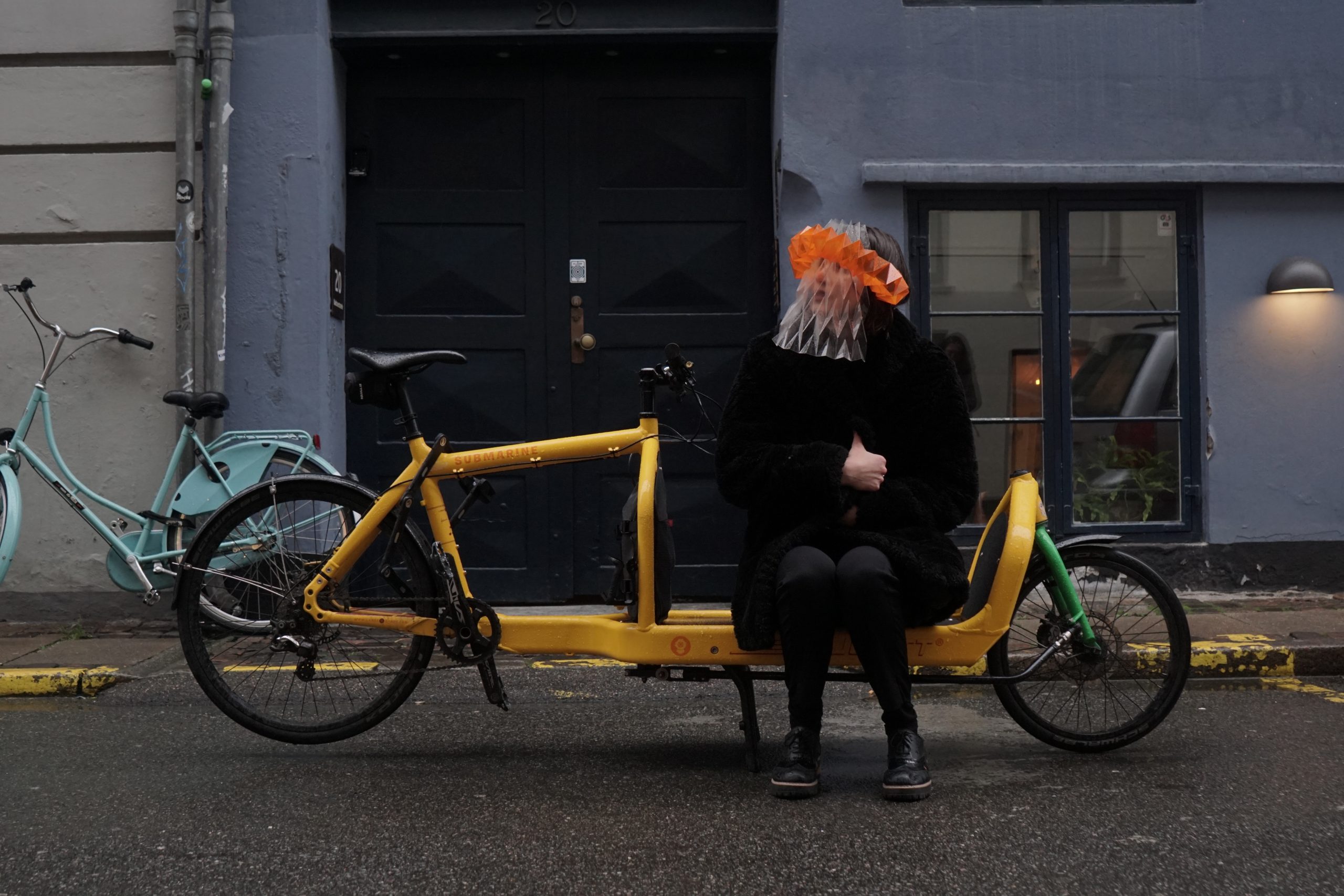
Image: Julia Munroe
During their stay in Copenhagen, urban femina’s team worked on the creation of an exhibition called “MassCaring: Unmasking the Caring City” in the continuity of all the reflection carried out around the concepts of care, feminism and urban planning. Initially intended to be held on December 1st, 2020 in UNION KBH, a cultural space located in the Nørrebro neighbourhood in Copenhagen, this project also had to adapt to the so-called ‘weird times’ we are living in. Due to an increase of COVID-19 cases in Denmark at that time and following the official call of the authorities to “avoid gatherings”, urban femina had to adapt and transform everything that had been planned for the exhibition to make it accessible online. The exhibition is now available on urban femina’s website under the section “MassCaring: The Online Exhibition”.
What is “MassCaring: Unmasking the Caring City” all about?
As a feminist collective, one of the notions we are exploring the most is care: how do we move towards a more caring city? In early 2020 ––and in the early stage of the lockdown we are currently living in––, we were studying online for the second semester of our Master’s degree in Vienna. Then, we started to approach care from an academic perspective: as a way to introduce and pay attention to other mobilities in the city, beyond the neoliberal and sustainable paradigms. These other mobilities that the confinement uncovered and the new ones that it prompted. Upon arrival in Copenhagen, in another stage of the confinement that made it possible ––cautiously –– the encounter with others, we wanted to continue exploring care. Thus, the objective of the exhibition was to get to know what care means in a more specific, personal and subjective way. Urban femina opened a space for people to share this with us so we could imagine together a more caring future through exhibits, art and games, essential elements of care.
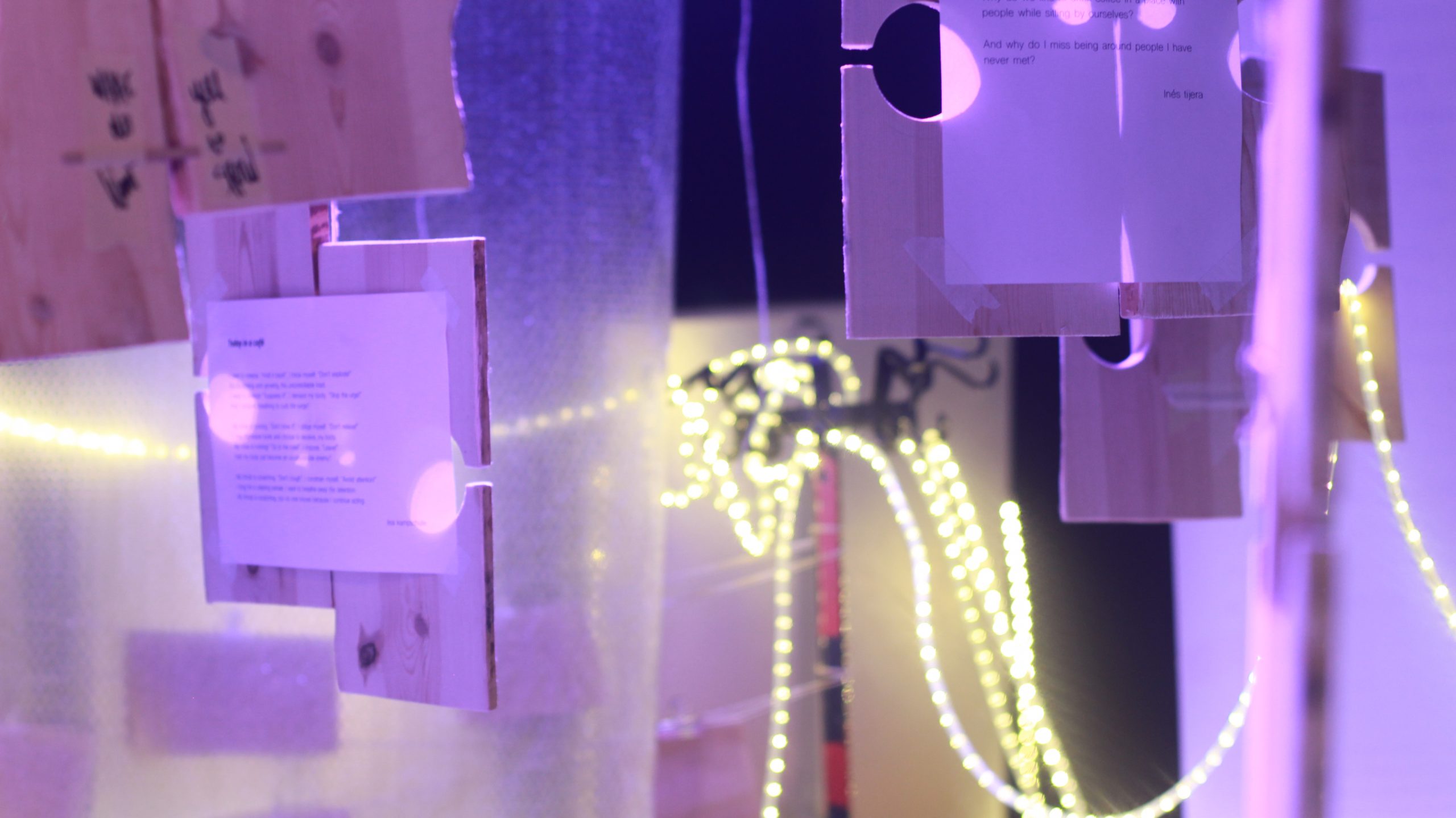
Image: Sebastián García, Traslasdunas Producciones
Where did the idea and motivation come from and how did it start ?
One of our guidelines for any work we do is ‘praxis’. This means actively trying to engage in the art of ‘doing’ beyond our academic experience. ‘Do something’ was a challenge we set for each city we have experienced so far. We wanted to commit ourselves to an ‘action’ that involves taking our bodies out of the classroom, and making space for alternative ways of learning: walking, playing, music can all be vehicles to achieve new answers.
Through these ‘doings’ we keep exploring ‘What does a caring city mean?’ and ‘How do we move towards a more caring urban future?’. In other words, the question of what cities we want for our future, not only is presented as a theoretical challenge but also pushes us out to find other possible answers through an embodied and relational attitude. Connecting, creating an exchange, and inviting others to reflect with us, are intrinsic parts of this ‘praxis philosophy’. That is how in Brussels we ended up working with the NGO Urban Foxes, and with URBANISTAS. These exercises of exchange are essentials for a more democratic urban future, in which collaboration is a pillar.
When we arrived in Copenhagen almost 6 months had passed since the first lockdown. The summer was ending and in the meanwhile, we could smoothly feel another ‘stay at home’ alert arising. We all come from very different places and even though we could feel softer restrictive measures in Copenhagen we still had families in the US, in Mexico, Argentina, and other places where they were experiencing the worst phase of the pandemic. When harsh lockdowns were still the case abroad, we could start going out and enjoying the public parks, streets, and more, in Denmark. In this context, we decided to act.
We felt the urge to work and transform a virus-related anxiety and fear into something else. Could creativity and playfulness lead us to think about alternatives?
With this question in our mind, we met two women with similar concerns: Gabriela Eunice and Paula Gonzalez. Both Argentineans, living in Copenhagen for a few years, and with diverse artistic backgrounds. They were also interested in exploring this question from an aesthetic perspective. The masks became the symbol with which we would work through this ‘doing’ process. How could we resignify the object of the masks and transform them into a realising object?
While Gabriela and Paula were exploring materials and creating these new masks, we thought about how to enable the experience and how to raise these questions to a wider audience. The experience was like pulling a string of a wool ball. By talking with different people we arrived at UNION, a place where the team was happy to give space for our project.
The masks were the first step of a wider narrative we have been exploring about the caring city and its multiple layers. They are an opportunity, to interrogate and defy reality and to put these questions in the loop: How do we connect and exchange in a future where social distancing is the new rule? and how do we have fun and find joy in a landscape of fear? Those two were the first point, however during the process as something dynamic and fluid we gave shape to this chapter of the caring city.
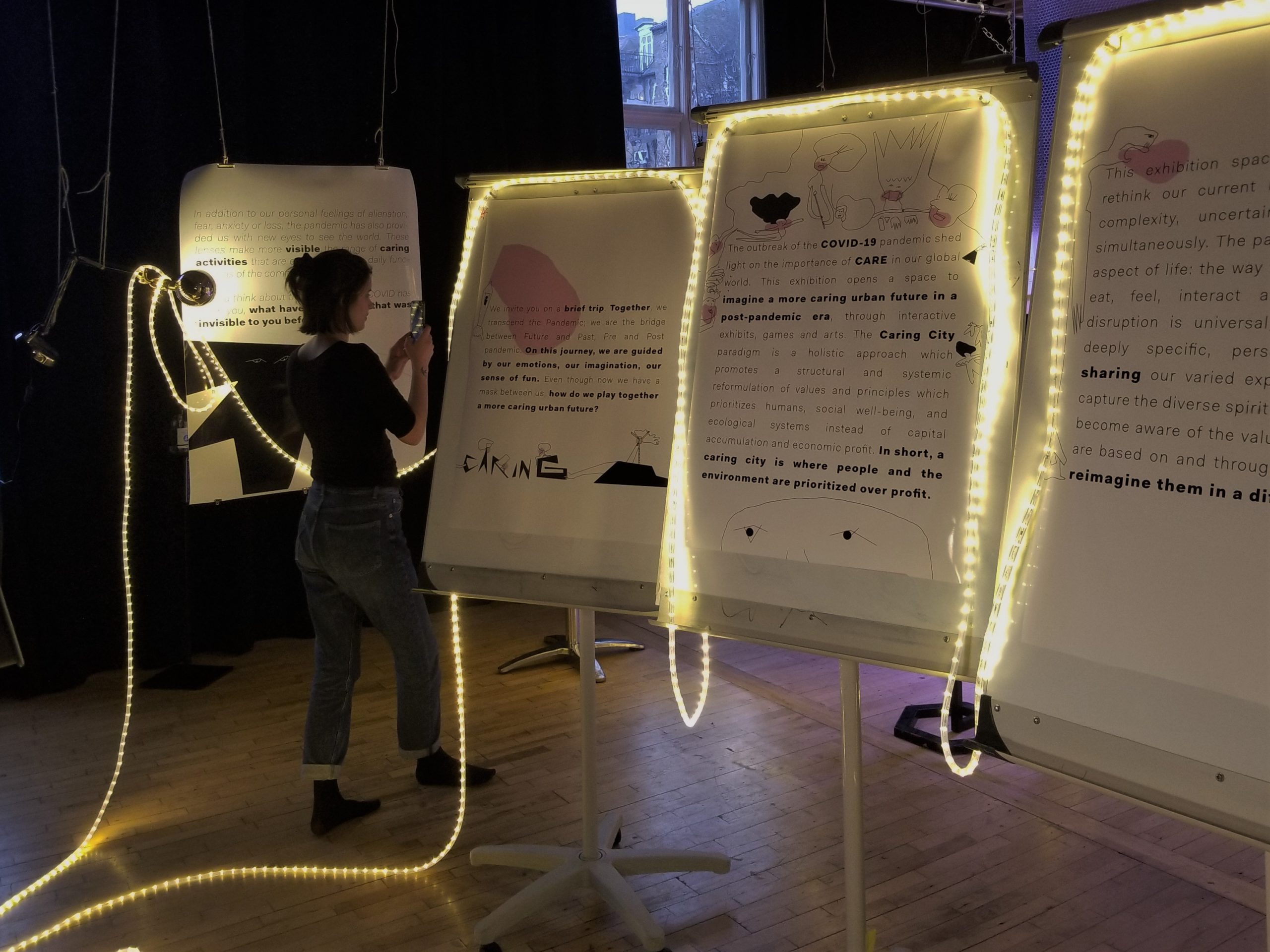
How did you organise this exhibition?
Organising an exhibition was a new experience for many of us, and came with a number of organisational and logistical hurdles. Not only did we need to find a venue to host the space, but also needed to figure out printing, stationery lists, materials, transport needs and much more. We were lucky early on, to be offered a space in Union, who offered generous support and enthusiasm for the project. With the masks as an anchoring motif of the exhibit, we also set forth creating a narrative for the overall experience. We met regularly for weeks, brainstorming and mapping out logistics and floor plans, while also staying open and playing with new ideas – “what ifs” and “howabouts”. In the meantime, university assignments, readings and thesis deliverables mounted, keeping our time tight and our hands and hearts constantly juggling.
When organising events or creative spaces in our home countries, we could often rely on social ties for second-hand resources, found in garages or in the back of offices – but here we had less social savvy. Union was incredibly helpful with gathering some of the resources, but others, we needed to source and purchase. We thus stumbled across two local, Danish funds for small, creative projects: Snabslanten and Dansk Ungdoms Fællesråd. We were hugely grateful to be granted over 10,000 DKK (1300 Euros) which fortunately covered all of our expenses and further allowed us to thank, in kind, the venue, Union, as well as to our artistic collaborators.
We were more fortunate though, in terms of wo/man-power, with many of our friends and classmates stepping up to help with aspects of the project, from photographing to setting up to feedback and critical reflection.
On the day of the exhibition’s set-up, the room was abuzz, with quick fingers threading string through wooden boards, jotting personal reflections, connecting bubble wrap to ceiling beams, setting lighting, laughter, care.
We really are so grateful for all your many aspects of support!
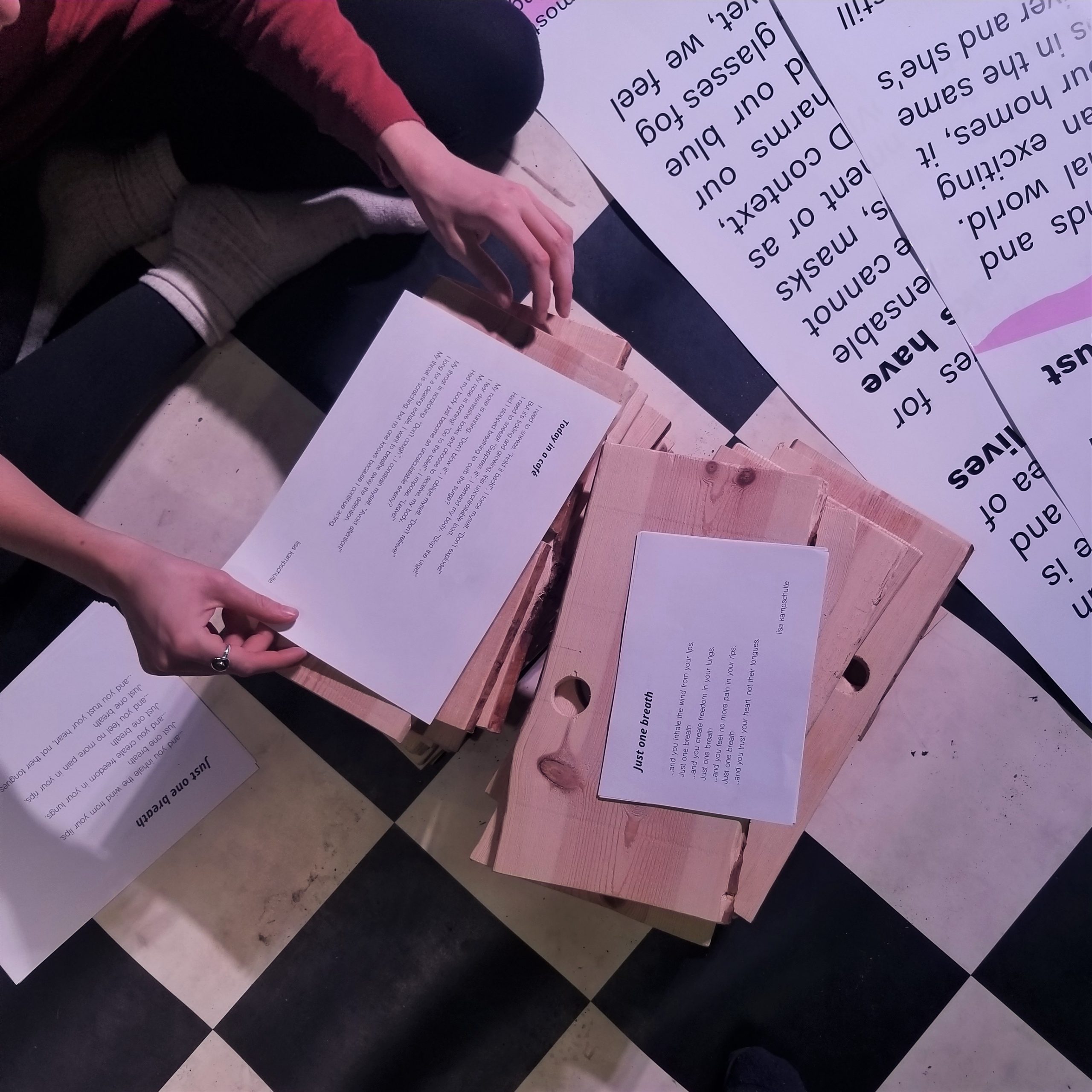
What were some of the challenges you had to face?
Organizing an exhibition is always a labor of love. We spent countless hours discussing, brainstorming, writing and rewriting how to weave our understanding of the concept of the Caring City into something that not only could be read, seen, touched, felt, but also left space for those who visited the exhibition to add to and co-create the space with us.
However, organizing an exhibition during a global pandemic posed its own set of challenges. On the one hand, the idea for the exhibition and the masks created by Paula and Gabriela arose in direct response to the context we are in: we wanted to resist the forces that tell us to hide behind our masks, to be afraid of other people, to stay away from public spaces. We wanted to remind ourselves and each other that we are people behind those masks: emotional, creative, imaginative, caring people.
Yet, at the same time, the exhibit was a space that embodied our ethic of care. But what does this mean in the time of COVID? We need to gather to care for each other; yet not gathering is another form of caring for each other.
In the week preceding the exhibition, we had our first close contacts with the virus and then in the days before the exhibition was scheduled, the government issued new, stricter COVID measures. In light of these changes, we decided to create the exhibition at the Union Cultural Center, document it, and share the experience virtually, rather than physically with you all.
It wasn’t an easy decision for us to take. Especially after we had hung the exhibition, walked through the twinkling lights, written our wishes for the future, touched the dangling poems, and admired the photographs of the masks, it was sad to know that we were the only ones who would experience this space in this way. We wanted to share the magic of this moment with friends and colleagues, with strangers and friends-to-be.
But the pandemic also allowed us to explore other ways of connecting. As an online exhibition, we were able to transcend the confines of time and space: friends from all over the world can visit our exhibition, at any time. And this is something we are grateful for.
What were the outcomes of the exhibition and what did you gain from it as a collective experience?
In retrospect, creating the exhibition was as difficult as it was beautiful. Many decisions had to be made in a time where it seemed that we were all suffering from decision fatigue. The outcome, the exhibition itself left us in awe, what we have learned from the process not to be underestimated. Yet, the truth is that by the end we were spent. We gave it what we could and more. When your energy is spent and your mood is brittle. When being empathetic, caring, creative and playful seems impossible, because you are just trying to keep your head above the water? When there is a heaviness because communication fails and expectations can’t be adjusted.
We feel that reflecting upon the process of creating the exhibition, we also need to address this. It’s not all about #highlife, showing a perfect team of great women who create great things, while masking the sacrifices made to achieve them. In the name of the values that we want to share we also unmasked the difficult part of the process of creation. Address the emotions that came with this process that are essential to being human.
An important question that floats above us now may very well be: how to recover? Part of caring is to take the time to recover as individuals and as a group.
Luckily, the feedback we received helps realize how valuable our work was despite or maybe even because of the difficulties. One of our funders told us: “It’s so great to see that people are still doing art in these times. It is important to also take a step back and value the outcome of the work we put in”.
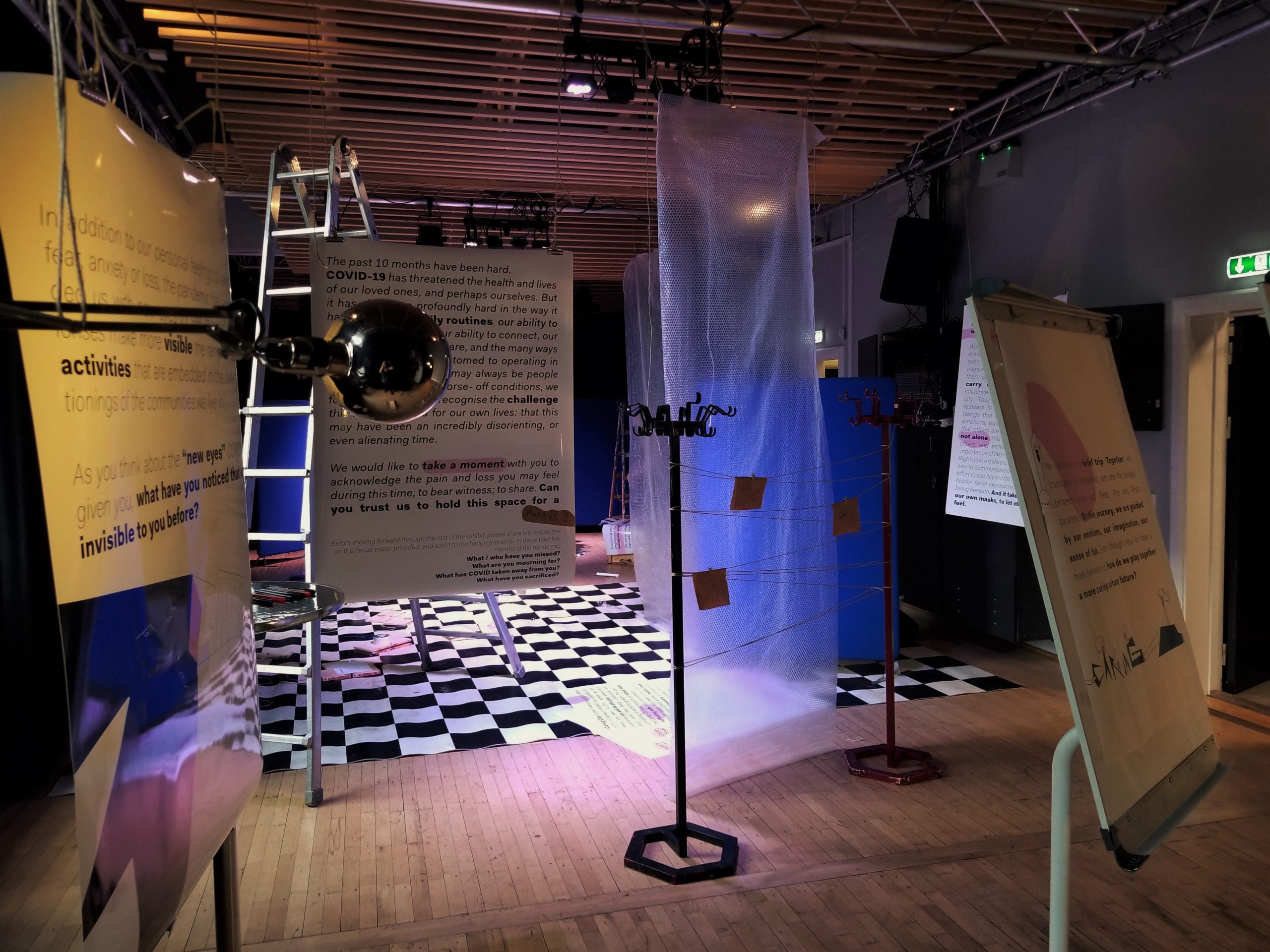
*urban femina is a multi-disciplinary collective of women undertaking the 4CITIES Master Program (2019-2021) and an exploratory space to collectively reflect on gender, sexuality and identity in public spaces.

